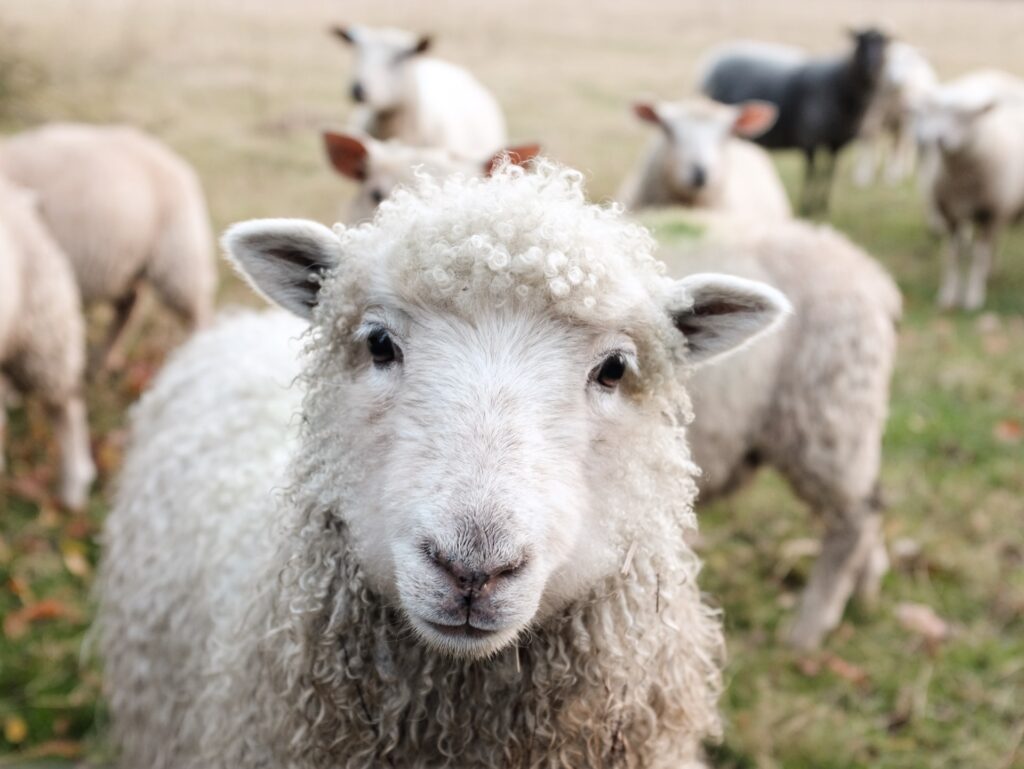Parashat Shmini/Shabbat Parah
Leviticus 9:1-11:47
Our Torah portion concludes with an extensive section devoted to laws of kosher and un-kosher animals, birds and fish. These directives are meant to lead us toward becoming holy. (Lev. 11:44-45) How does this system help to do this?
One hint may be found at the very beginning of this section. God instructs both Moses and Aaron: “Speak to the Children of Israel, saying, ‘these are the living creatures (hayyah) that you may eat out of all the animals (ha-b’hemah) upon the land.’” (v. 2) Two terms appear in this verse to refer to the animals that may be eaten, hayyah and b’hemah. The usual term used to refer to creatures that we make use of is the second term, b’hemah, usually translated as “animal.” (The term has no clear Hebrew root.) The animal is usually a creature whom we have taken hold of and domesticated. But the first term, hayyah, has a more vivid connotation. It usually refers to wild animals, “beasts.” This term is based on the word for the primal quality of life – hayyim – and literally means “living one.” This term is the one that first appears in the Torah’s story of the creation of living beings. (Gen. 1:20) It is the primal, wild, essential quality that defines these created beings. They are alive!
Thus, there is a bit of a frisson in the verse as it first employs the term for a living creature, untamed by human control. Only then does it use the word for common animals, mostly found in our farms or close to our habitations. Indeed, kosher animals overwhelmingly fall into the group of domesticated animals. (Only the gentle deer comes to mind as an exception.) And wild beasts overwhelmingly fall into the category of non-kosher creatures. Yet, the first term the Torah uses to designate kosher animals is hayyah.
It is as if the Torah wished to remind us that our taking of complete control over this animal – to the extent that we are poised to kill it for our own consumption – must never be done without remembering that this creature is a life, and, as such, has an inherently free spirit that animates it. In our society, overcome by consumerist appetites, we have developed any number of ways to ignore and forget this truth. Against this overwhelming trend, and although the Torah allows the taking of an animal’s life for the sake of our own nutrition, it demands that we first recognize what we are doing – that we are taking a life.
We usually think of holiness, one of the goals of keeping kosher, as an ideal state, rarely to be attained. Elsewhere I have referred to teachings that explain that holiness is integrally tied up with our developing a sense of the welfare of others. (See, e.g., Sparks for Q’doshim, 2011) So holiness usually entails doing something good for others. Here our Torah portion adds a tragic layer to our consciousness of holiness as a goal in life. It teaches that, even when we choose to act completely in our own selfish interest – to ease our hunger or to enjoy something tasty – we must acknowledge that we are causing the loss of another creature’s life. Such a realization should lead, says the Torah, to a growing attempt to become holy.
Shabbat Shalom
Rabbi David Greenstein
Subscribe to Rabbi Greenstein’s weekly d’var Torah
Photo by Sam Carter on Unsplash
Thank you to John Lasiter for suggesting the title and selecting an image for this Torah Sparks – Rabbi Greenstein
- Toby Stein: In Memoriam - Thu, Feb 8, 2024
- Faithfulness and Hope: Parashat Sh’lach - Thu, Jun 23, 2022
- Past Their Prime: Parashat B’ha`a lot’kha - Thu, Jun 16, 2022


Re the etymological basis of Beheima, I recall that MaaRaL proposes homiletically, that whereas animals are “full-blown from the outset–hence “BaHem Mah,”, while man is “Adam”, a form of “Adama’ implying the myriad possibilities that “Adama'” connotes.
Shabbat shalom!